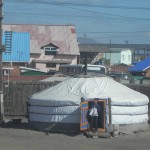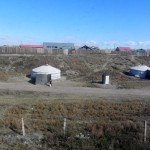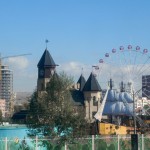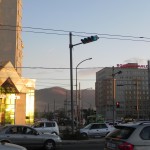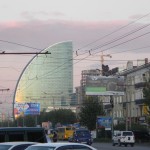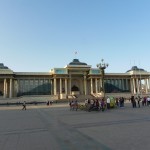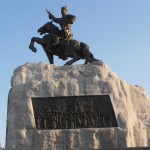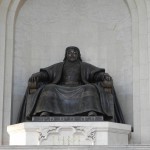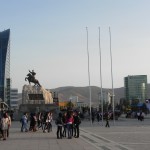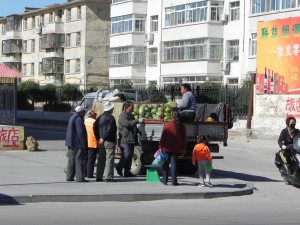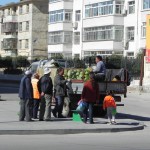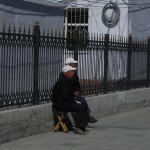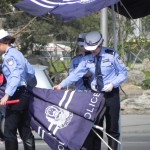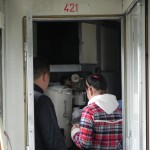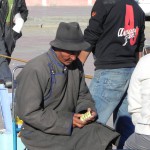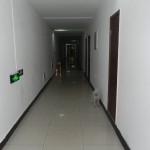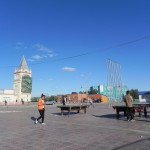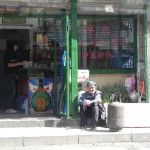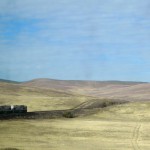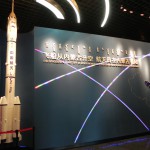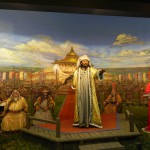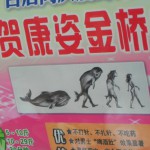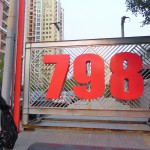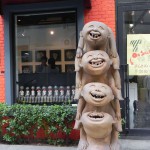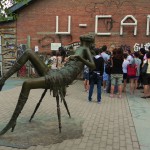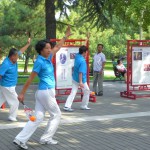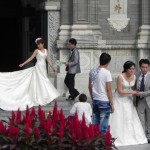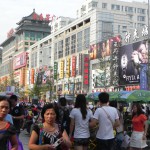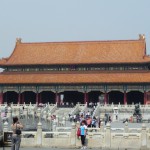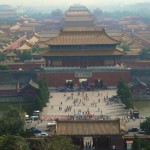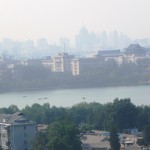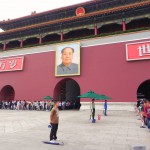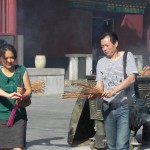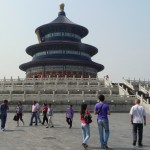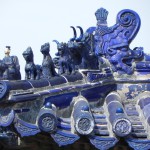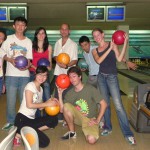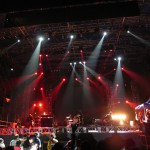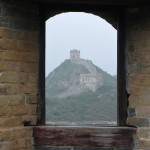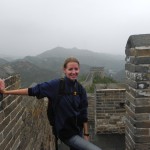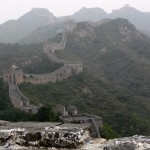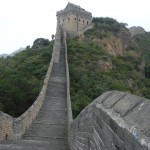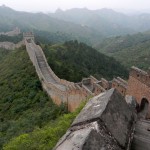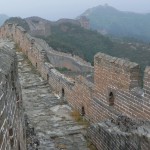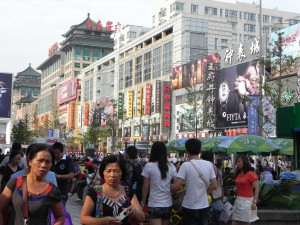 China’s capital surprised us with its modernity, confidence and grandeur, an americanized lifestyle, nearly five million cars, not much space for pedestrians, six ring roads and sterile skyscrapers. Honestly, we imagined Beijing to have kept more of its historical charm; it seems as if the rapid economic growth and social transformation have wiped out much of Chinese ancient culture and traditions, which you still can find, but you really have to look for it.
China’s capital surprised us with its modernity, confidence and grandeur, an americanized lifestyle, nearly five million cars, not much space for pedestrians, six ring roads and sterile skyscrapers. Honestly, we imagined Beijing to have kept more of its historical charm; it seems as if the rapid economic growth and social transformation have wiped out much of Chinese ancient culture and traditions, which you still can find, but you really have to look for it.
So we tried to find it and visited the Forbidden City, one of the largest and greatest palace complexes ever built, and the Temple of Heaven, where the emperor would make sacrifices and pray for good harvest. Monitored by close-circuit TV cameras, the Tiananmen Square with Mao’s Mausoleum presented itself as one of the most unattractive public plazas. Nowadays, the embalmed Mao is raised every day from the refrigerated chamber for public viewings.
Our personal highlight was none of the above, but rather strolling along the hutongs, or winding old alleyways lined with traditional courtyard houses, where the 21st century is kept at bay. We went bowling, made new friends, bounced to a rock concert and visited the cool ’798 Art District’ on a disused factory site – now the center of Chinese contemporary art with galleries, graffiti and exhibitions.
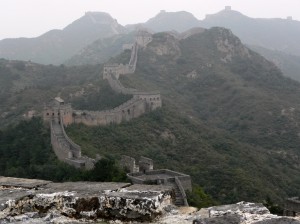 The Great Wall snaking through the countryside over deserts, hills and hills, for nearly 6,000 km, was worth a day trip. The ‘original’ wall was begun over 2,000 years ago, when China was unified under Emperor Qin Shi Huang. Hundreds of thousands of workers linked the separate walls together to defend people and territories against northern nomadic tribes.
The Great Wall snaking through the countryside over deserts, hills and hills, for nearly 6,000 km, was worth a day trip. The ‘original’ wall was begun over 2,000 years ago, when China was unified under Emperor Qin Shi Huang. Hundreds of thousands of workers linked the separate walls together to defend people and territories against northern nomadic tribes.
We chose to see the wall from Jinshanling, a section less easily accessible. This made the journey quite adventurous, as it included trips by bus, van, motorbike and taxi to get there and back. Few tourists and silence were rewarding enough; the views from sharp peaks were impressive, but one had to work for them! Steep, partly un-restored sections and a stony trail turned it into a strenuous, but breathtaking and spectacular climb.
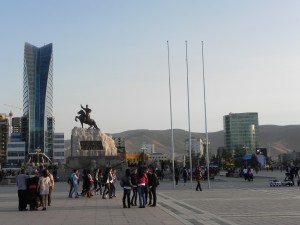 Ulan Baatar (UB), capital of Mongolia, is home to more than a third of the country’s population of three million. The city is busy and amidst the soviet-looking houses there are a number of modern glass and steel buildings. The town was founded in 1639 as center of Lamaism, and belonging to a nomad people, moved around more than 20 times before establishing itself at the current place in 1778.
Ulan Baatar (UB), capital of Mongolia, is home to more than a third of the country’s population of three million. The city is busy and amidst the soviet-looking houses there are a number of modern glass and steel buildings. The town was founded in 1639 as center of Lamaism, and belonging to a nomad people, moved around more than 20 times before establishing itself at the current place in 1778.
